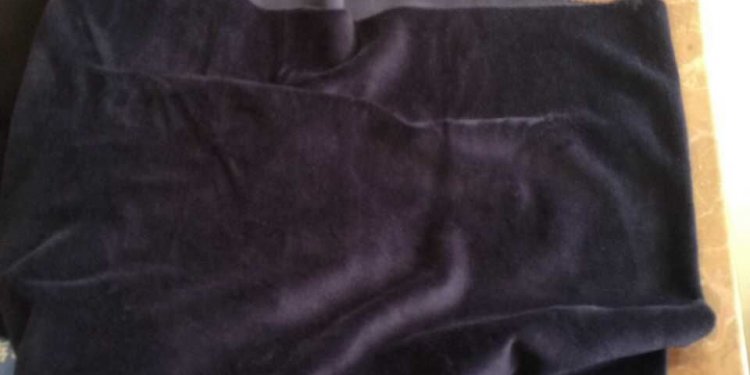
Stretch Fleece Fabric

Sewing with fleece is surprisingly easy and quite enjoyable once you learn the proper techniques for working with this amazingly versatile fabric.
Unlike fabrics such as silk or velvet, which have been around for literally centuries, fleece is a relative newcomer to the fabric scene. Debuting as Polar fleece in 1979, it is among one of the most popular fabrics for crafts, outerwear and general sewing. Fleece is a purely synthetic fabric made of 100% polyester fibers. Its huge popularity can be attributed to it affordability but also to is many appealing properties. Fleece is warm, soft to the touch and has great insulative properties. Add on top of that the fact that it is easy to care for. It can be machine washed and dried and is wrinkle resistant.
1. Use "with nap" yardage requirements.
Fleece is a non-woven fabric which means it has no real grain, however, its surface has a brushed appearance that moves in one direction. As such, use the “with nap” yardage requirements and be sure to layout patterns in one direction.
2. Fleece has a right side and wrong side.
 When pulled gently along a cross-grain edge, fleece will curl towards the wrong side.
When pulled gently along a cross-grain edge, fleece will curl towards the wrong side.
3. A chief benefit is its raw edges do not fray, therefore seam finishes are not really necessary.
They become more a matter of appearance and preference than need.
4. Fleece fabric has a considerable amount of stretch especially along the cross-grain.
That’s both good news and bad news for sewers. The good: easing in seams is a breeze. The bad: edges at the cross-grain (like necklines) are prone to stretching, so be sure to stay stitch.
5. Find ways to eliminate bulk.
Fleece is bulky and therefore when sewing with it, finding ways to either reduce or eliminate bulk is paramount. One way is to use lining material to face collars or cuffs.
7. Use a good polyester thread and a slightly larger stitch length (3mm-5mm).
Stitching with a straight stitch is fine for most seams, but a small zigzag stitch is recommended at points where the seam will endure more movement, like armholes.
8. Because of its bulk and stretchy nature, stitching seams can sometimes be a challenge.
Either reduce machine tension or presser foot pressure to reduce shifting.
9. Keep your machine clean.
Working with fleece can be quite messy, so clean your machine of the fiber particles after every project.

















